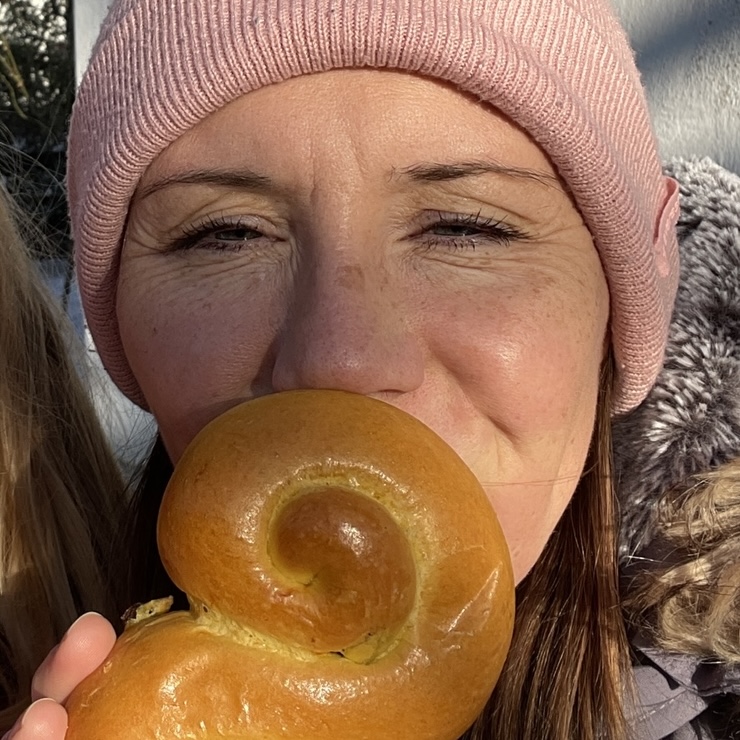A year and a half ago I was asked to present on the fly when we had our bi-weekly informal demo with one of the teams I was then in (which in turn consisted of 3 teams so a fair few people).
It was mostly a developer-focused meeting, and we were coming to the end of it. My mind was elsewhere when I heard my name being mentioned. I waited a few seconds to gauge if I’d heard correctly, but well… there were no other Annas in that team, so the person in question was asking if I wanted to share some of the stuff he’d heard I was working on.
‘Sure’, I said and then quickly started planning in my head what to show and in what order while I simultaneously pulled up the right screens. It went semi-automatic and my mind went through the following questions:
🤔 What do I want to show them and why?
✅ What do they know already?
❓ What don’t they know?
🎯 What’s the key takeaway I want to leave them with?
Those questions are questions I’ve gone through a hundred times. They’re basic questions that help with purposeful storytelling and usually involve a few more related to who the audience is and what level of detail that’s appropriate for them. In this case, I had the answer to those questions already so my mind skipped them.
What the above list of questions that ran through my head helped me with was to:
- ensure that I had a clear ‘what’ and ‘why’ for what I was going to show. In other words a clear purpose and outcome.
- come up with a narrative structure on the fly to what I should begin as well as end with, and as a follow on to that, what I should focus on in the middle.
Getting into this habit and using purposeful storytelling as a daily tool is easier than many may think. It takes a bit of practice but once you get into it, it quickly becomes part of the DNA when you approach and structure anything you’re going to communicate. Be that a presentation, a meeting, or even an email.
If this is something you want to learn more about, let me know and I’m more than happy to help.


